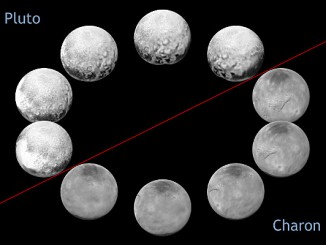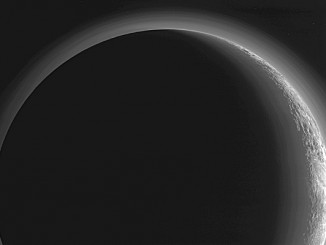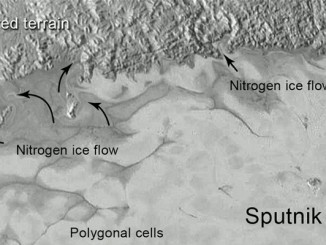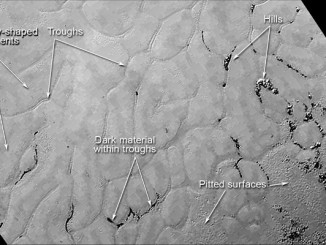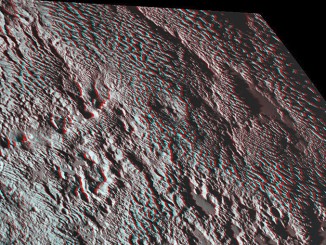
View Pluto’s bladed terrain in 3-D
One of the strangest landforms spotted by NASA’s New Horizons spacecraft when it flew past Pluto was the “bladed” terrain formally named Tartarus Dorsa. The blades reach hundreds of feet high and are typically spaced a few miles apart. No geology degree is necessary to see why the terrain is so interesting — just grab your red and green 3-D spectacles.

